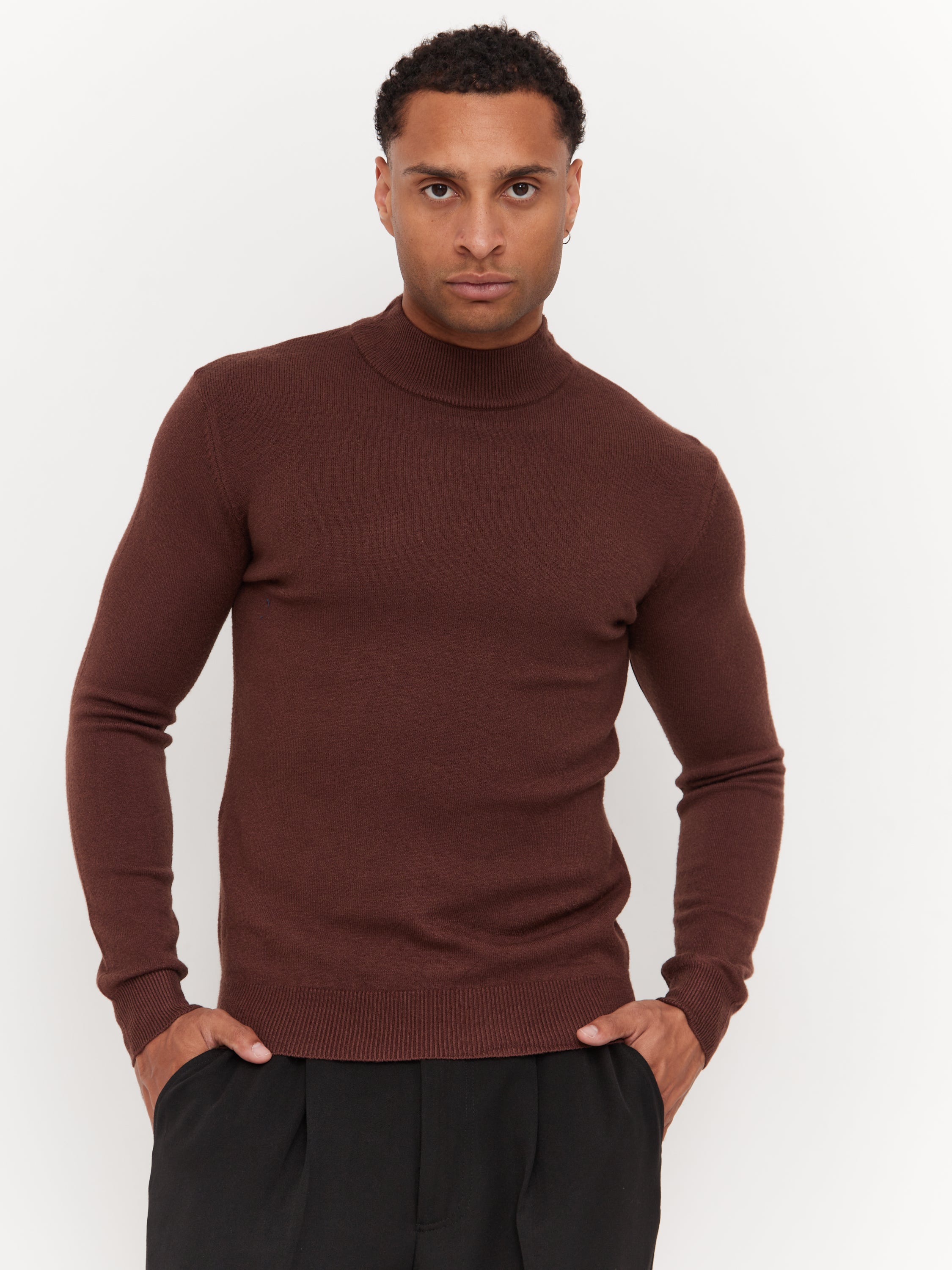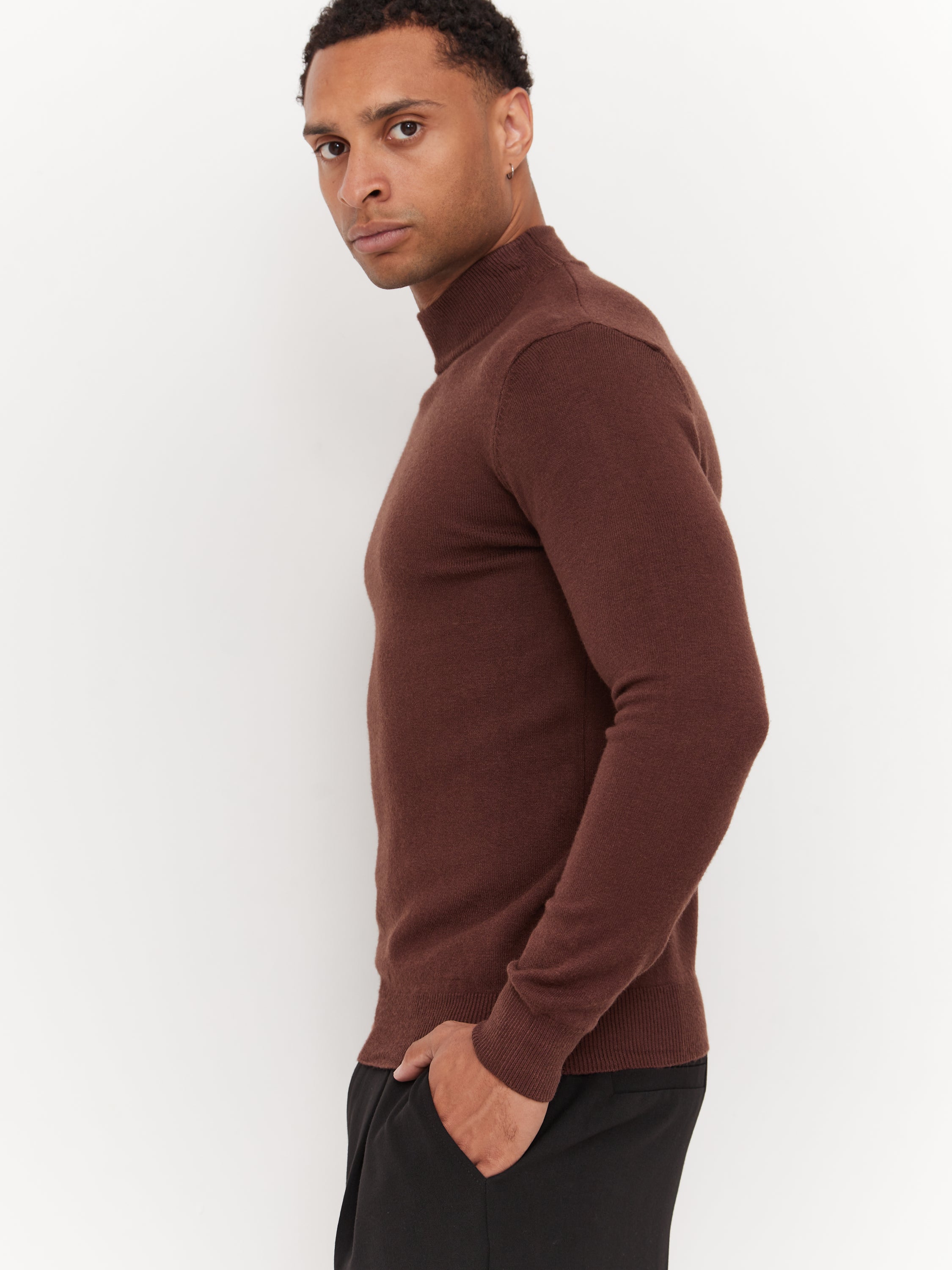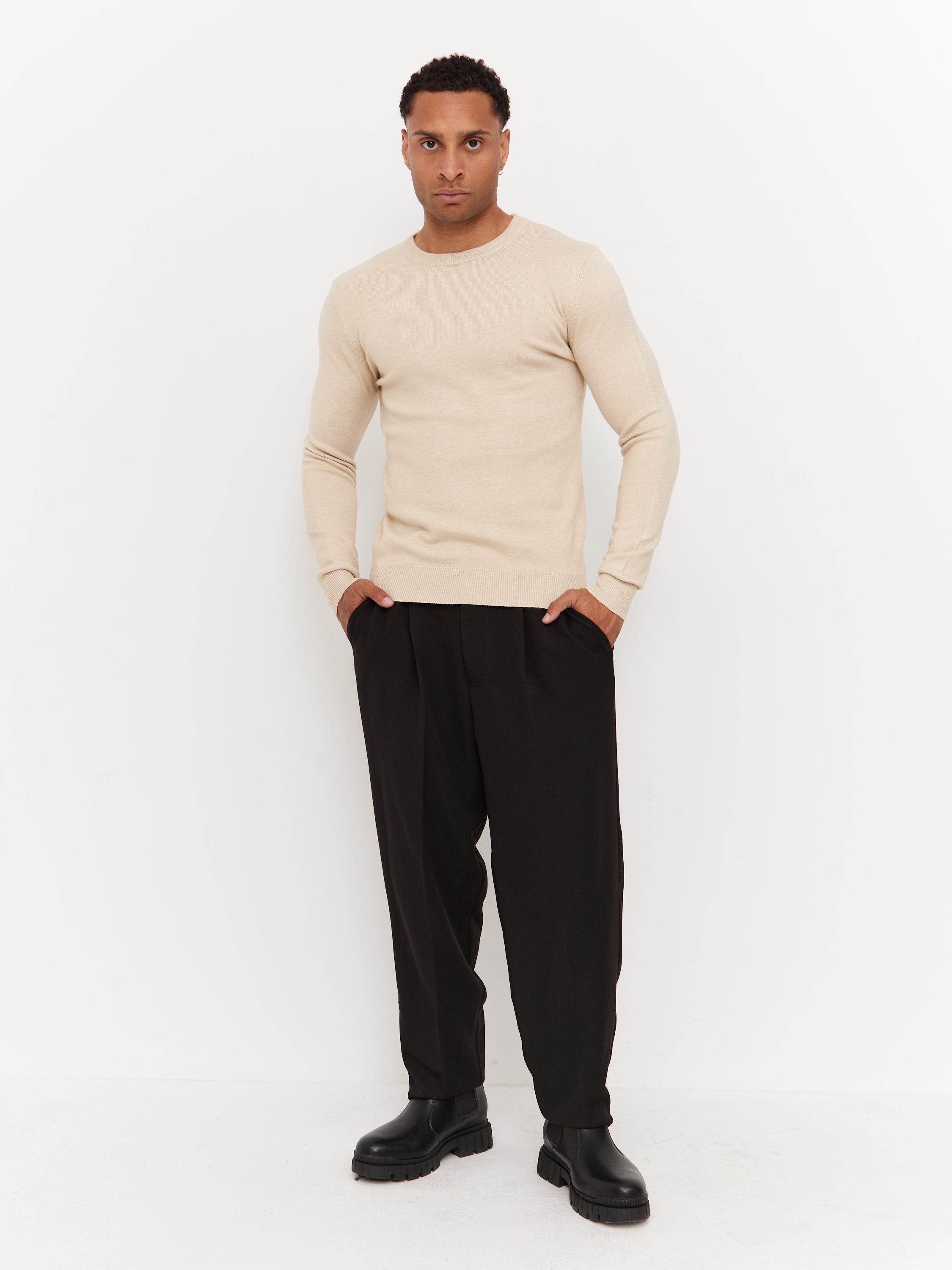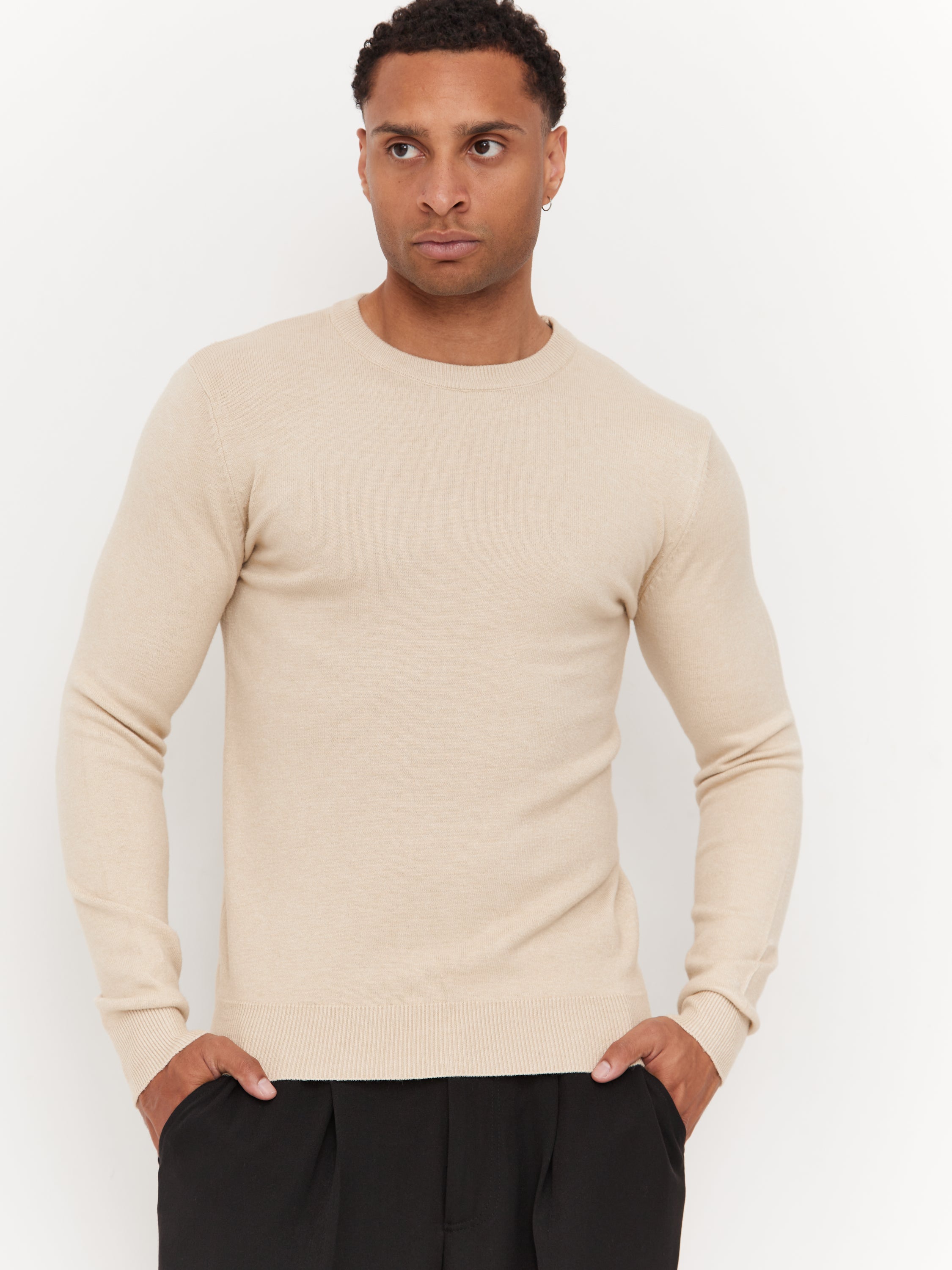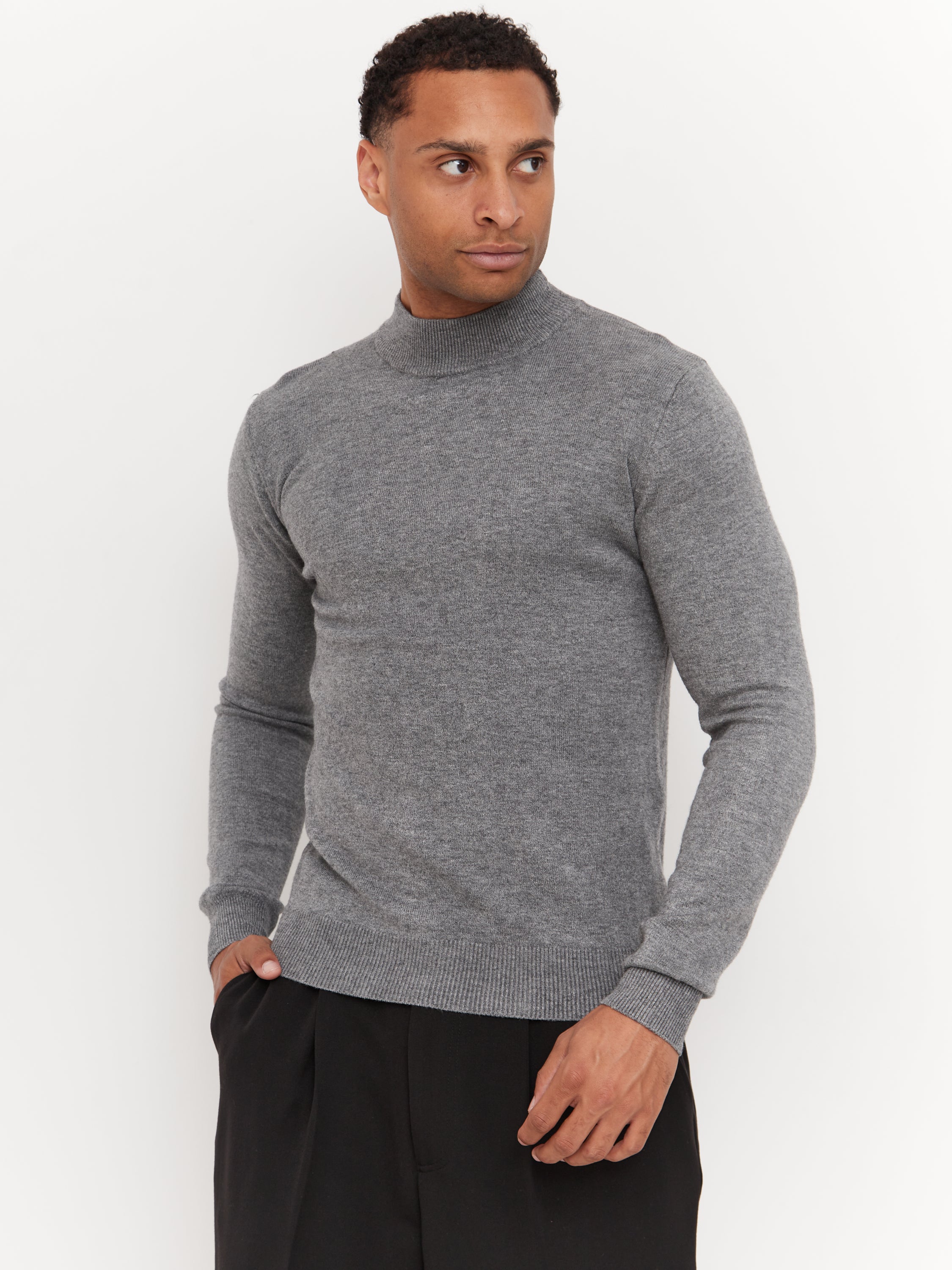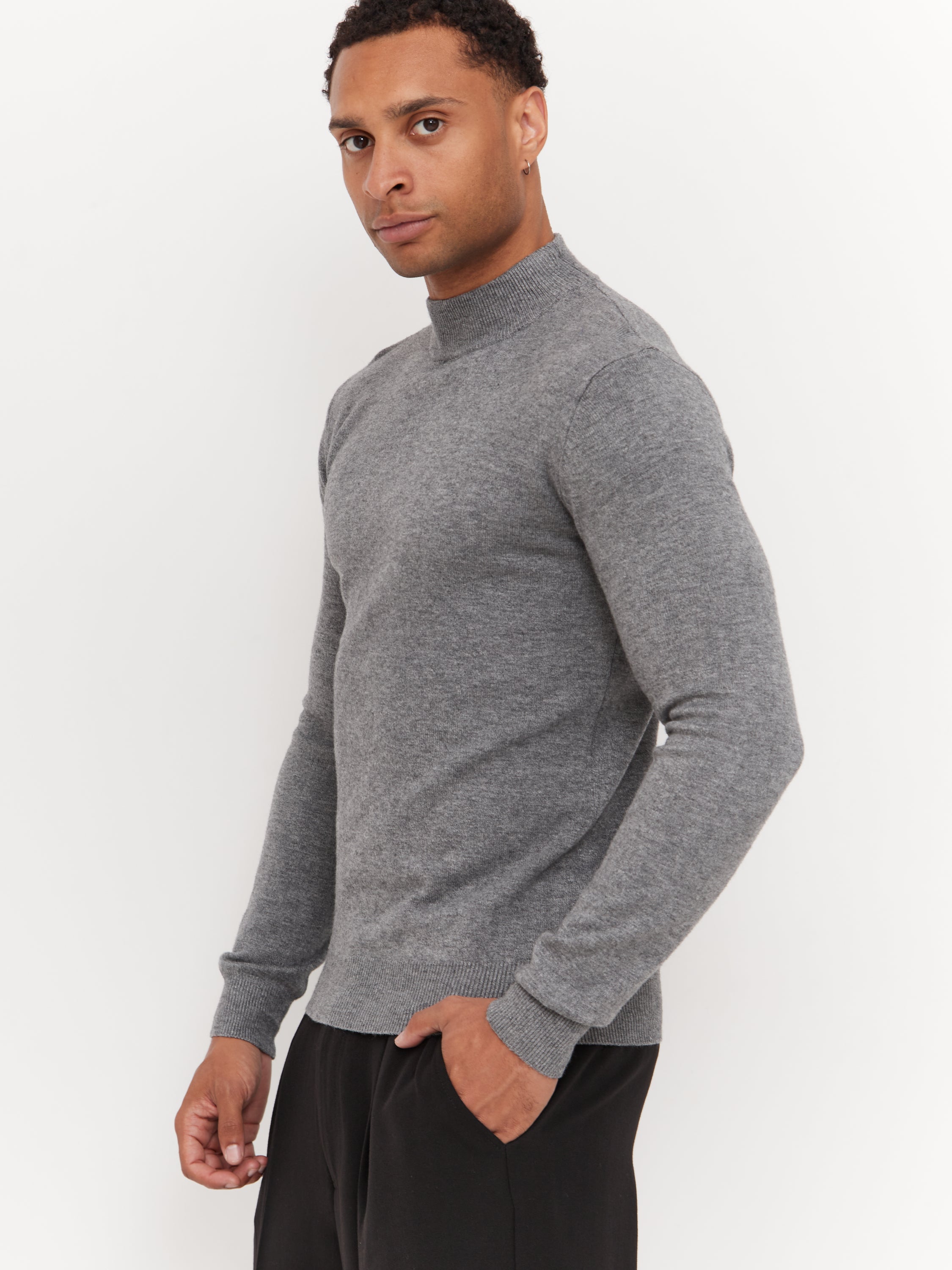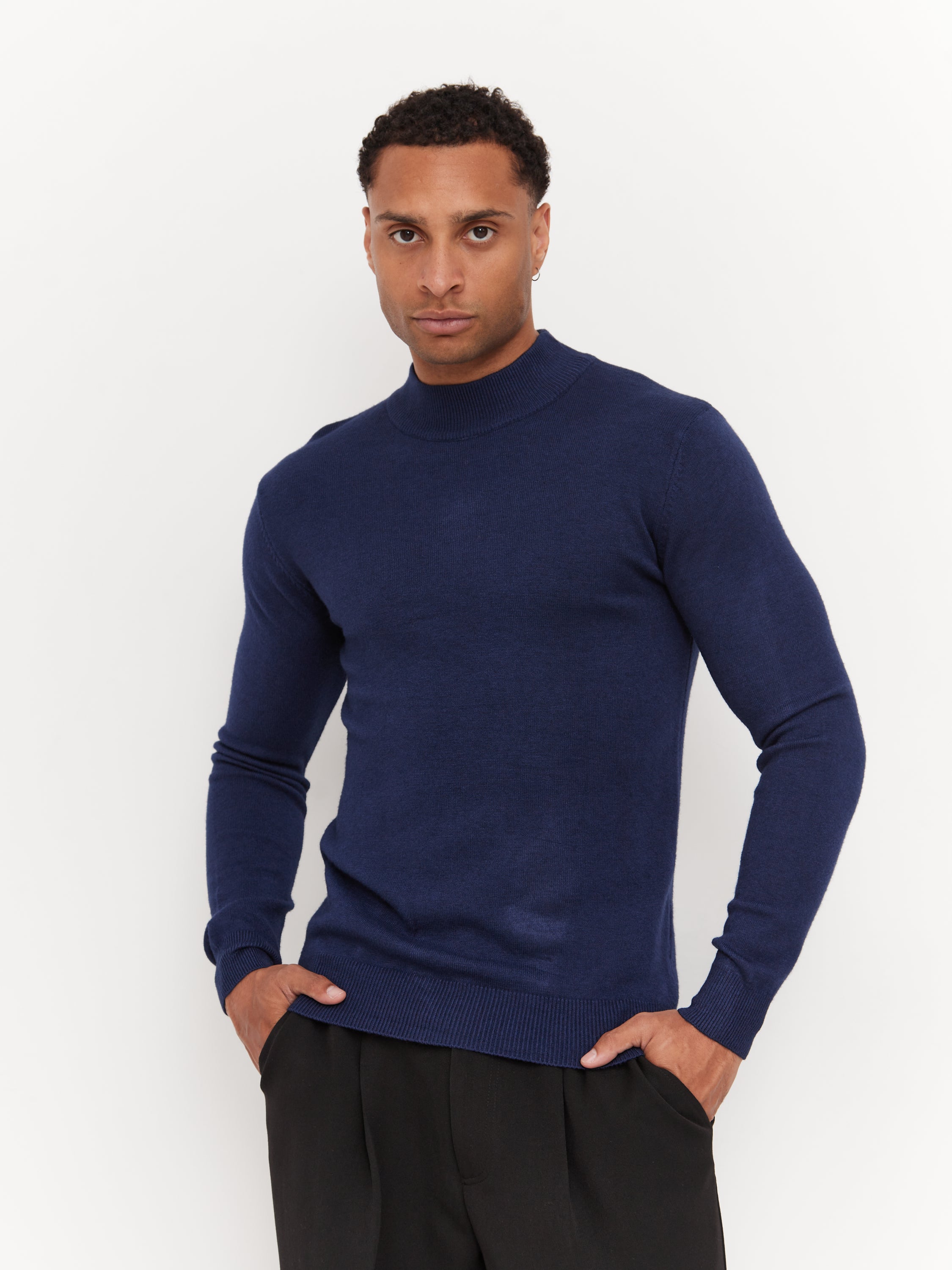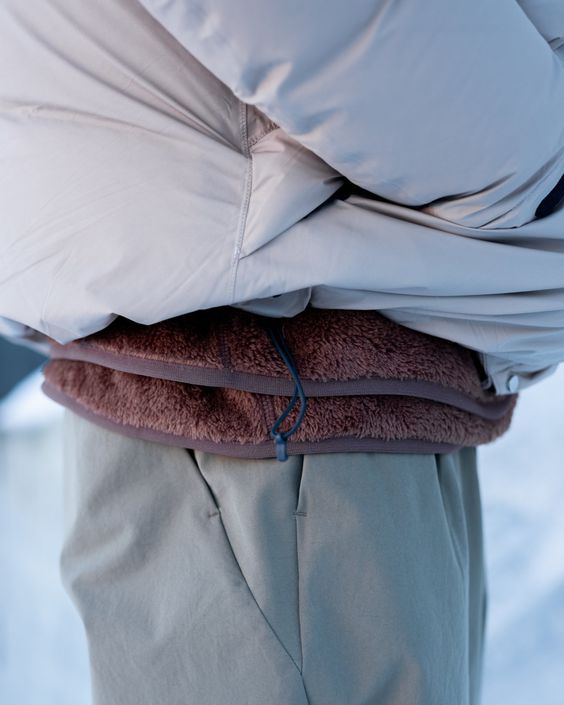
The choice of material for our products is the most important stage of production.
It determines not only the appearance of the product, but also its durability, convenience and functionality.
We approach the choice of raw materials with great care and would like to share with you the main materials we use when creating our models. We will tell you about their advantages and peculiarities of care.
It is one of the most popular materials due to its softness, breathability and hypoallergenic properties. It is used in various forms, from pure cotton to blends with other fibres.
Depending on the type of processing and the quality of the raw material, cotton can have different characteristics such as durability, softness, lustre, etc.
We use high quality cotton for our garments, which undergoes strict quality control at all stages of production.
We are also open to organic cotton grown without the use of chemical fertilisers and pesticides. Such cotton is considered more environmentally friendly and safer for human health.
Care:
Wash at temperatures up to 40°C.
Use a delicate washing regime and mild detergent.
Do not use bleach.
Dry naturally. Do not use a tumble dryer to avoid shrinkage and warping of the fabric.
Iron at medium iron temperature.
Store cotton garments carefully. To prevent creases, store it on hangers or neatly folded.
Use special products to care for cotton. There are special conditioners and laundry detergents to help keep cotton garments soft and colourfast.
Viscose fabric is a material that is obtained from natural raw materials by special processing. It has a number of advantages:
pleasant to the touch, allows the skin to "breathe", which makes it comfortable to wear. The fabric is resistant to wrinkling - viscose is less wrinkled than some other materials. It does not electrify.
Care:
Wash at a temperature not exceeding 40°C.
Only delicate washing in the machine or by hand.
Use mild detergents without bleach.
Do not wring or wring viscose garments. It is better to wrap it carefully in a towel to absorb excess moisture.
Dry horizontally. Do not hang, as it may stretch under its own weight.
Iron only from the wrong side, using the "silk" or "synthetic" mode. Store viscose garments folded, avoiding hangers that can distort the fabric.
This synthetic material is characterised by its durability, lightness and resistance to moisture. Nylon outerwear often has a water-repellent impregnation that protects against rain and snow.
However, nylon can become electrified and cause discomfort when worn. To avoid this, you can use an anti-static agent or choose jackets with natural fibres added.
Care:
Wash at temperatures not exceeding 30°C.
Use a delicate washing regime and a mild detergent.
Do not use bleach or other aggressive agents.
Dry best on a hanger in a well-ventilated room.
Do not dry on a radiator or in direct sunlight.
Nylon practically does'nt wrinkle, but if there is a need for ironing, do it through a damp cloth at a low iron temperature.
Clothes made of nylon should be stored in the wardrobe on hangers to prevent them from warping. Make sure the garment is clean and dry before storing.
If you are not sure how to care for your nylon clothing, it is better to contact a professional dry cleaner, where experts will choose the best way to care for your product.
It is an innovative material that allows clothing to "breathe" while protecting against moisture.
It helps maintain a comfortable body temperature and keeps you dry. Membrane products usually have several layers, including waterproof and breathable layers. Also suitable for a variety of activities and some sports.
Care:
Wash at temperatures not exceeding 40°C.
Only delicate washing in the machine, or by hand.
Use special detergents for washing membrane clothing. They will help to preserve the water-repellent and breathable properties of the fabric.
Do not iron with an iron. High temperature can damage the membrane and deteriorate its properties.
Dry naturally. Do not dry on a radiator or near heat sources.
Store in a dry place. Make sure the garment is completely dry before storing. Regularly treat clothes with special impregnations that restore the water-repellent properties of the membrane.
Avoid contact of clothing with aggressive chemicals such as petrol, solvents, etc.
Another synthetic material that's widely used
in manufacturing. There are a lot of stereotypes and scepticism around it, but modern synthetic fabrics (including polyester) can be no less safe and environmentally friendly than natural fabrics if produced correctly.
It has high strength and wear resistance, and is also resistant to sunlight. Polyester clothing is easy to wash and dries quickly.
Care:
It is generally recommended to wash at 30-40 °C, using the "synthetic" or "delicate wash" mode.
Use mild detergents designed for washing synthetic fabrics.
Do not use bleach or other aggressive agents.
Dry naturally. Do not use a drying machine to avoid shrinkage and warping of the fabric.
Iron on the underside with a low iron temperature (not more than 110 °C).
If the garment is heavily soiled, it is better to have it dry-cleaned.

Always follow the care instructions on the tag. It shows the manufacturer's recommendations for washing, drying and ironing the garment. This will prolong the life of the garment and keep it in good condition.
